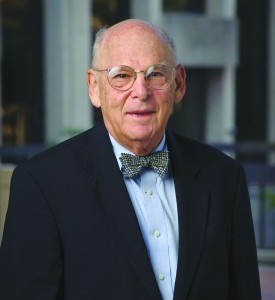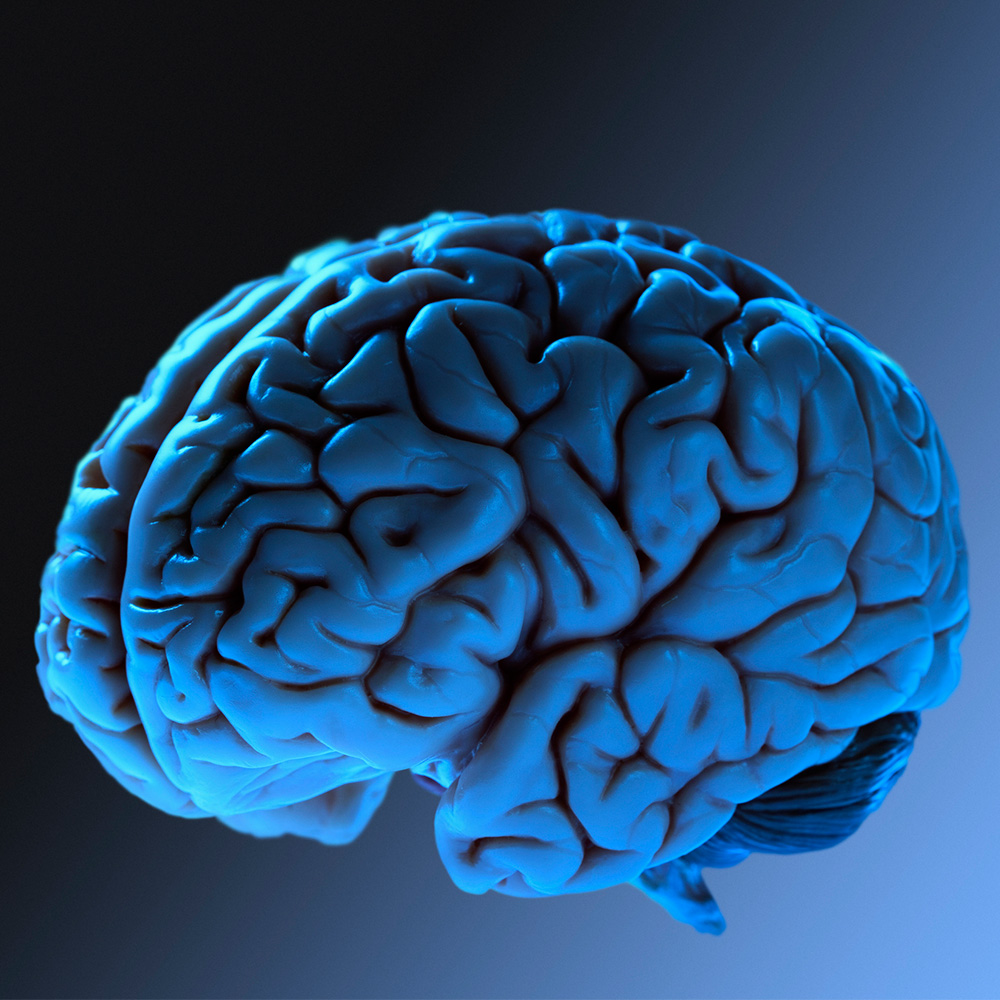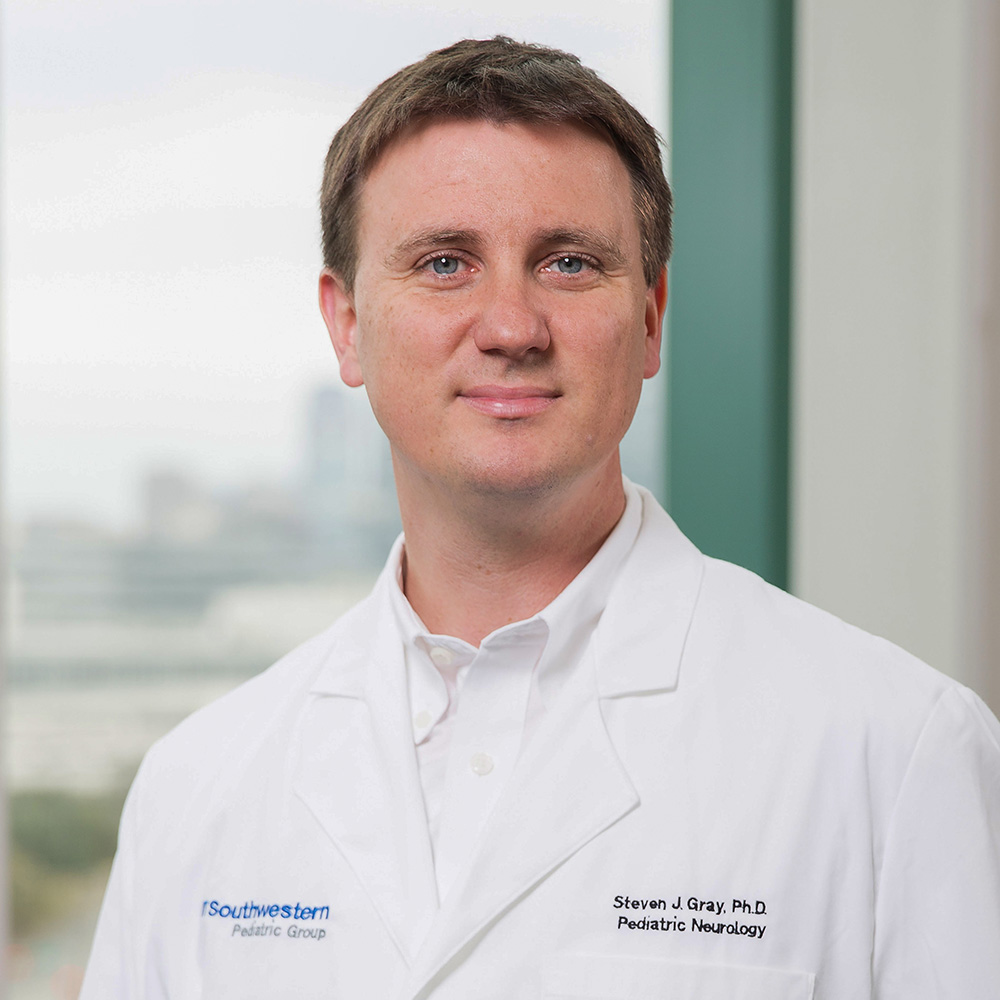Better treatments for Alzheimer’s within reach through UTSW efforts
By 2050, the number of Americans age 65 and older with Alzheimer’s disease may nearly triple, from 5.1 million currently to an estimated 13.8 million. As the population ages and more families face a future struggling with Alzheimer’s, the effort to understand its cognitive-stealing capacity, slow its progression, and eventually bring it to a complete halt has never been greater.
UT Southwestern has been at the forefront of that effort for more than two decades. The Alzheimer’s Disease Center, established in 1988, is one of about 30 such specialty centers in the country dedicated to treating and preventing the disease.
Yet while progress has been made, it has not been nearly enough, leading to a redoubling of effort at UT Southwestern through the work of dozens of researchers across the neurosciences, the recruitment of additional talent, and the launch of new centers dedicated to making the breakthroughs desperately needed.
“Alzheimer’s disease may be the single largest health threat to our aging population, and it demands a research and clinical effort commensurate with this problem,” said Dr. Daniel K. Podolsky, President of UT Southwestern. “UT Southwestern is committed to assembling the breadth of talent and resources needed for this complex mission, and to be able to provide the kind of collaborative environment that is essential to translate research findings into better treatment.”
Center for Alzheimer’s and Neurodegenerative Diseases
Two years ago, the Center for Alzheimer’s and Neurodegenerative Diseases was launched to investigate new therapies to cure or halt the progression of dementia and related disorders. The Center is building a multidisciplinary team of independent scientists to study the aggregation of proteins linked to Alzheimer’s and other neurodegenerative diseases.

Dr. Marc Diamond, Professor of Neurology and Neurotherapeutics and founding Director of the Center, leads this effort. Research focuses on new therapies and diagnostic tests, using a range of approaches that encompass structural biology, biochemistry, and cell and mouse models.
Current efforts involve studying the underlying biology of prions, infectious proteins well-known for transmitting neurodegenerative diseases such as bovine spongiform encephalopathy, or mad cow disease. Prions also appear to play a role in the progression of other neurodegenerative diseases, including Alzheimer’s, Parkinson’s and possibly chronic traumatic encephalopathy, a brain disease that can afflict soldiers and athletes. Dr. Diamond’s research suggests that toxic protein aggregates accumulate in these diseases and then move from cell to cell through the brain, leaving destruction in their wake. He has primarily studied the tau protein, which builds up in Alzheimer’s disease, and which he has found resembles infectious prion proteins in almost every respect.
“In prion diseases, we think pathology begins in one cell with the formation of a toxic assembly, or clump of proteins. Then it moves to another cell and triggers more toxic assemblies. These clumps act something like crystal seeds, causing more and more normal proteins to pile on and become abnormal,” said Dr. Diamond.
Dr. Diamond realized that the role of protein aggregates and the pattern of disease spread throughout the brain in prion diseases was strikingly similar to that found in neurodegenerative diseases such as Alzheimer’s and Parkinson’s. This made him wonder if they all had the same underlying mechanism. Based on the model of toxic proteins that move between cells, Dr. Diamond co-developed a therapeutic antibody against the tau protein that is the first to enter clinical trials for treatment of dementia. Multiple pharmaceutical companies are now taking similar approaches. In addition, detection of the toxic protein aggregates could lead to early diagnosis.
“My dream is that you or I will come into a doctor’s office when we’re 35 or 40 and they’ll take a little drop of blood or spinal fluid and run a test on it to detect these different disease-causing proteins. And if you have any of them, a treatment will be started before you even show any signs of disease. I don’t think that’s unreasonable. I think we could get there in the next 10 to 15 years,” said Dr. Diamond.
Center for Translational Neurodegeneration Research

The Center for Translational Neurodegeneration Research was created at UT Southwestern with a $2 million challenge grant in 2010. Director of the Center is renowned physician-scientist Dr. Joachim Herz, Professor of Molecular Genetics, Neurology and Neurotherapeutics, and Neuroscience, who is noted for his groundbreaking research into how a mutation in a single protein triggers the devastation of Alzheimer’s disease.
Dr. Herz’s most recent work focuses on apolipoprotein E (ApoE) receptors. These receptors can greatly change the sensitivity of neurons, affecting how strongly nerve cells interact with each other. This modulation is especially important in the hippocampus, a region of the brain that regulates the formation and recall of memories. The effect of the naturally occurring ApoE variants on a molecular process called retroendocytosis – which is essential for the control of cognition and memory – correlates perfectly with relative risk for Alzheimer’s disease, Dr. Herz and his colleagues discovered. Based on this key insight, the Center is now engaged in drug discovery with the aim of restoring this process and thereby abrogating the risk for late-onset Alzheimer’s disease.
His team also has identified an approved cancer drug as showing potential to treat frontotemporal dementia (FTD), an incurable and progressive neurodegenerative disease. FTD – usually diagnosed around age 60 – trails only Alzheimer’s disease among nonelderly dementias in incidence and is marked by a steady deterioration in decision-making ability, behavioral control, and/or language skills.
Researchers found that the drug suberoylanilide hydroxamic acid increased cell-signaling protein progranulin (GRN) levels in cultured mouse cells and also restored near-normal GRN production in cells from FTD patients. Up to 25 percent of patients with FTD have an inherited form of the disease that is thought to be caused by a genetic mutation that reduces production of GRN. Because familial FTD patients inherit one working copy of the GRN gene and one mutated one, the researchers wanted to identify a drug that would make the working copy of the gene more productive.
Alzheimer's Disease Center

For more than a decade, Dr. Roger Rosenberg and his laboratory staff have been working on a vaccine, which targets beta-amyloid, a protein that forms plaques in the brain and is believed to be both a sign and a cause of Alzheimer’s.
Dr. Rosenberg is Director of the Alzheimer’s Disease Center, which he founded in 1987 with funding from the National Institutes of Health (NIH). The Center, where staff members treat Alzheimer’s patients and also conduct research, has been funded through five consecutive competitive funding cycles and has support through 2016, representing 28 years of continuous NIH funding.
Dr. Rosenberg’s patented DNA Aβ42 vaccine so far has eliminated problems with brain inflammation that derailed earlier clinical trials of another proposed Alzheimer’s vaccine (Aβ42 peptide). In animal models, the vaccine stimulated antibodies that bound to and eliminated beta-amyloid.
“Genetic immunization with the DNA Aβ42 vaccine has the potential to be a safe therapy to delay or prevent Alzheimer’s disease, as compared with the Aβ42 peptide vaccination,” said Dr. Rosenberg, who wrote a foundational text on neurogenetics in 1995, Rosenberg’s Molecular and Genetic Basis of Neurologic and Psychiatric Disease, now in its fifth edition. “DNA Aβ42 immunization has shown a 50 percent reduction in the level of amyloid-containing plaques in the brains of Alzheimer’s disease-model mice.”
Dr. Rosenberg hopes to complete animal testing on the vaccine in the next few years, analyze the results, and by the end of the decade submit an application to the Food and Drug Administration to initiate human clinical trials.
“It has been 109 years since this disease was first described by Dr. Alois Alzheimer, yet there still is no effective therapy,” Dr. Rosenberg said. “It is quite clear to me that patience, perseverance, and reassessment are going to be required to find one. Hopefully, this will be the last decade of Alzheimer’s disease in our society.”
###
Dr. Diamond holds the Distinguished Chair in Basic Brain Injury and Repair.
Dr. Herz holds the Thomas O. and Cinda Hicks Family Distinguished Chair in Alzheimer’s Disease Research.
Dr. Podolsky holds the Philip O'Bryan Montgomery, Jr., M.D. Distinguished Presidential Chair in Academic Administration, and the Doris and Bryan Wildenthal Distinguished Chair in Medical Science.
Dr. Rosenberg holds the Abe (Brunky), Morris and William Zale Distinguished Chair in Neurology.




